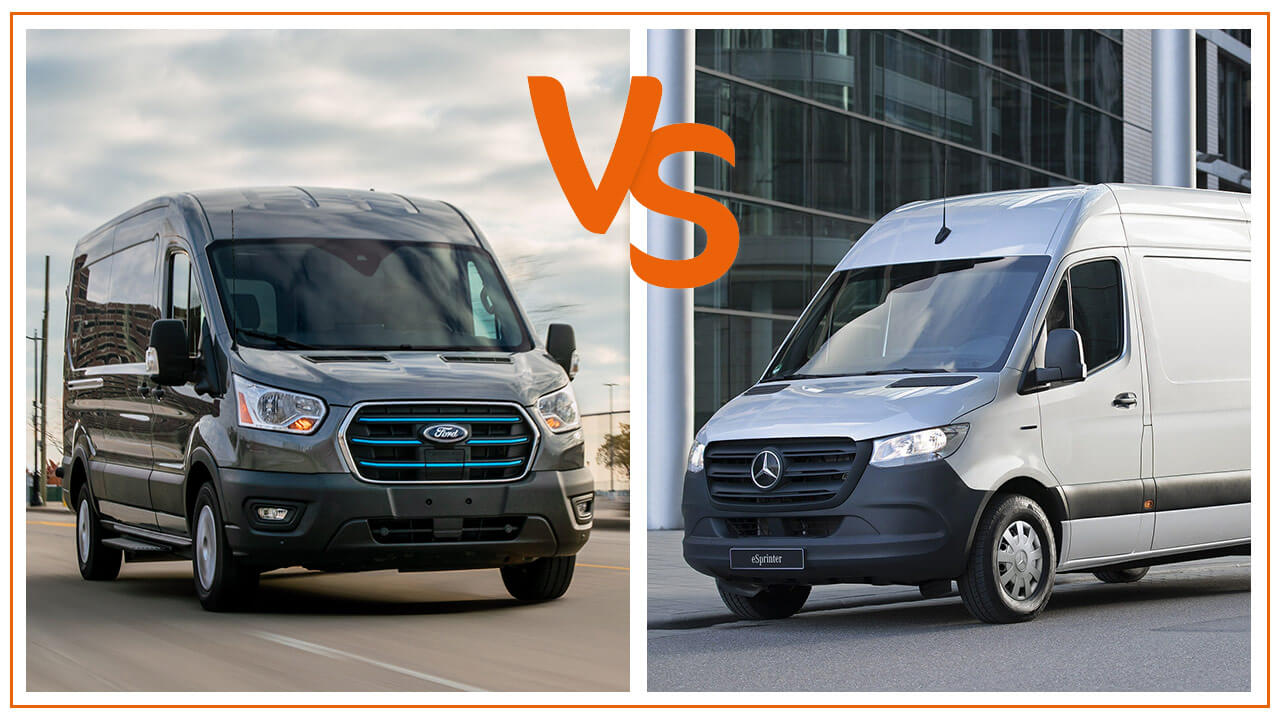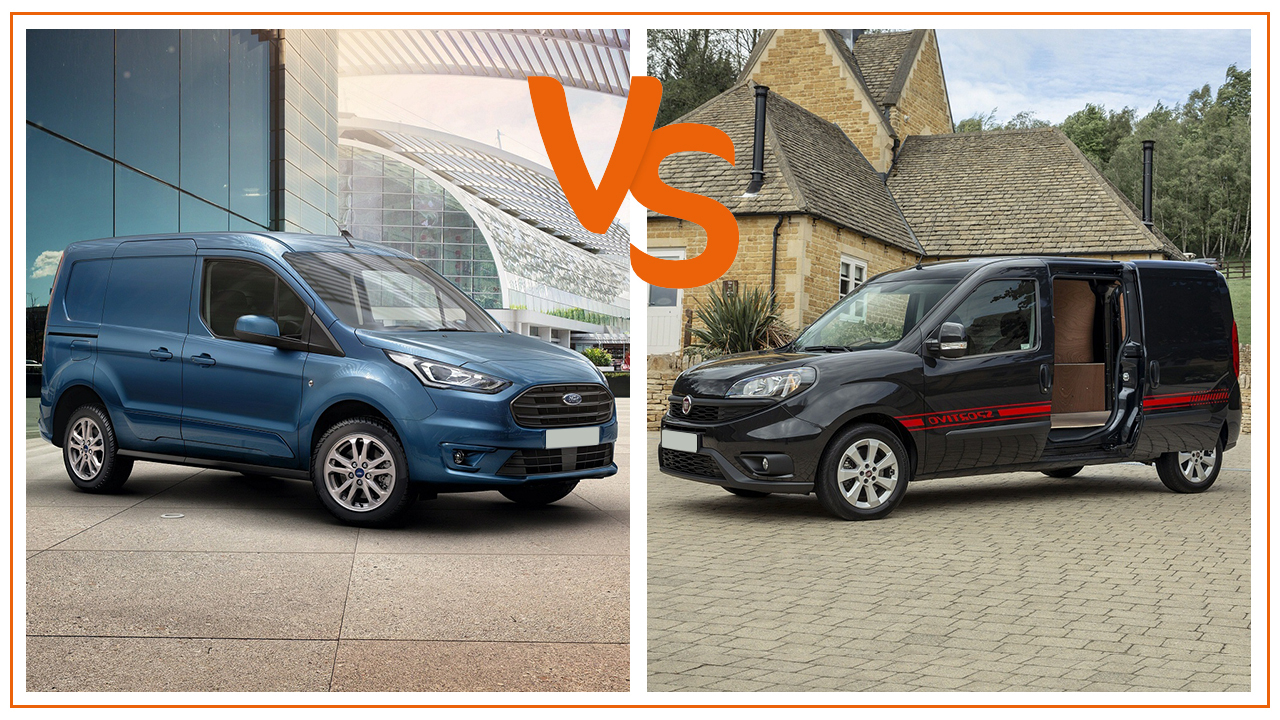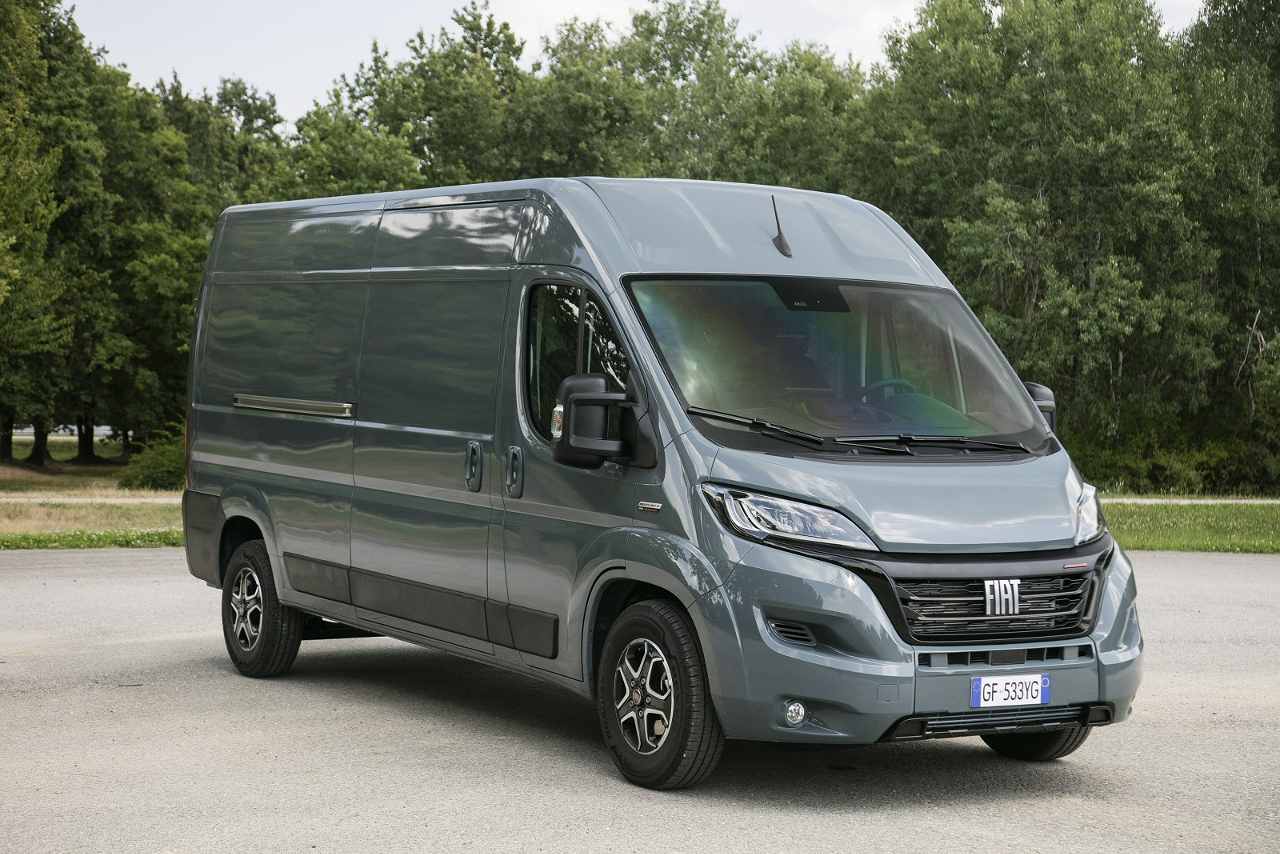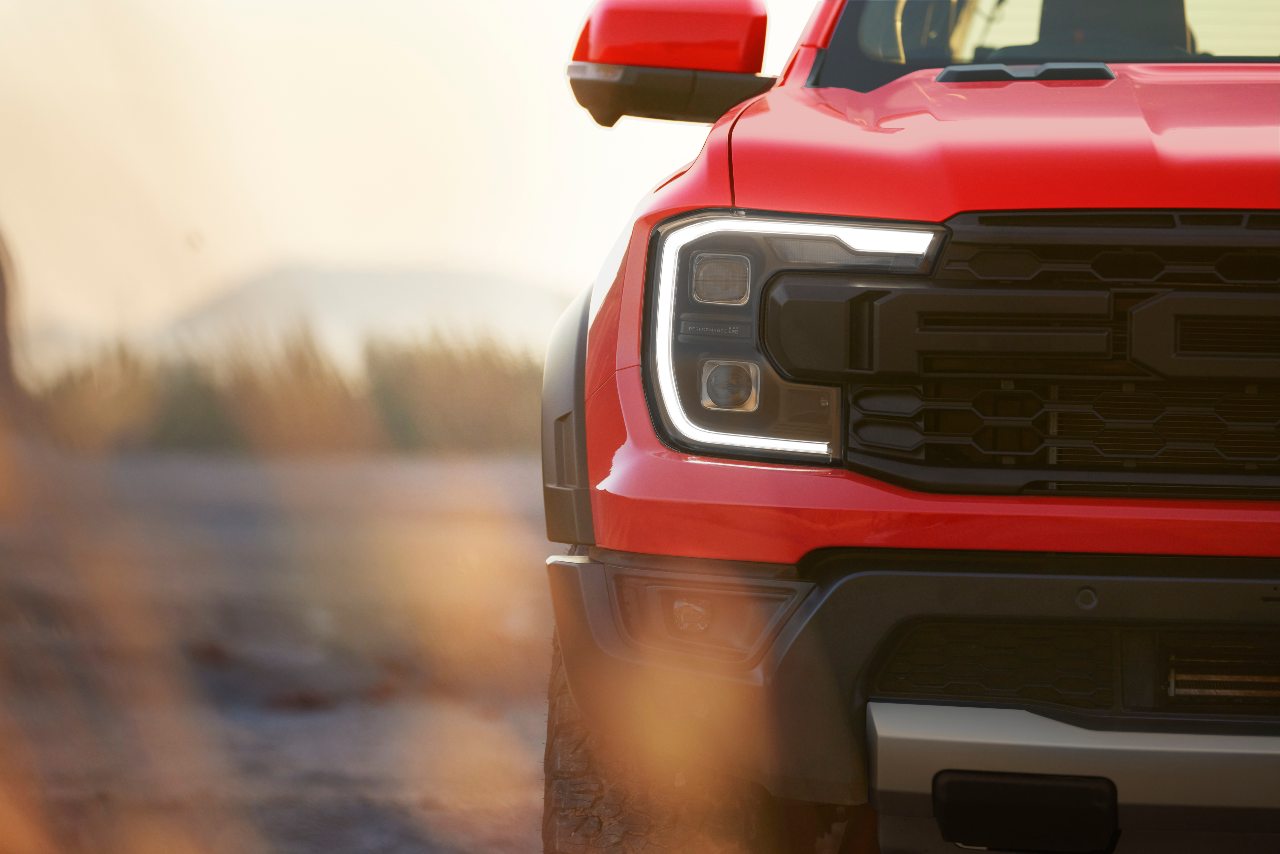If you’ve wanted a smaller, fully electric van you’ve been catered for the best part of 10 years with Nissan and Renault both offering very capable solutions. More recently, others have become available and there’s now plenty of choice.
Larger vans, perhaps due to issues with payload, weight and range have been slower to appear but, with the Mercedes eSprinter now on sale and the eagerly awaited Ford E-Transit just around the corner, the market is really hotting up. Vanarama’s Van expert Tim Cattlin puts these 2 contenders side by side and answers the questions you might want to ask.
Tell Me About The Boring (But Important) Bit.
Firstly, let’s talk about the new legislation which has helped manufacturers cope with the potential for payload to be reduced due to battery weight. In a diesel van, any vehicle which is rated at over 3500kgs GVM (Gross Vehicle Mass – in other words, it must never weigh more than this, with payload, passengers, fuel etc) is subject to a whole new set of regulations. This includes driver licensing, testing, drivers hours, tachographs, operators licences etc, changes most van operators will want to avoid.
In 2018, the Government announced a change in the law, allowing most holders of a conventional driving licence to drive an electric van with a GVM of up to 4250kgs, with other legislation remaining the same as that applying to a 3500kg diesel vehicle. You’ll just need to complete 5 hours of additional driver training, although the jury is out as to what that might achieve. This allows large electric van payloads to be at least on a par with diesel equivalents despite them having heavy battery cells on board.
How Big Are They? What Can I Carry?
OK, so, let’s take a look at the vans. The eSprinter is only available in 1 body derivative (and there are currently no chassis cab variants), the L2H2 being a shortish wheelbase, medium roof van in old money. There’s still plenty of room in the back though, an internal length of 3.4 meters and a height of over 2 meters gives a volume of 11 cubic metres.
Mercedes-Benz has not taken advantage of the 4250kg dispensation, the van being rated at 3500kg GVM and as a result, the payload of the eSprinter is just 731kgs. This might prove too little for van operators more accustomed to nearly twice as much capacity. As with some other electric vans towing is not permitted with eSprinter.
There’s quite a bit more flexibility with the forthcoming Ford E-Transit (it’s not available until later in 2022). The van is available in 3 lengths (L2, L3 and L4), 2 heights (H2 and H3) and 3 GVM’s, including the all-important 4250kgs. Not only this, it’s also offered in double-cab form together with L3 and L4 chassis cab variants. The L4H3 van gives 15.1 cubic metres of load volume, and the L3H2 version has a whopping 1758kgs of payload in 4250kg GVM guise. Ford are yet to confirm the towing capability (if any) of the E-Transit.
What’s Under The Bonnet? What Are The Ranges And Charge Times?
Again, Mercedes-Benz has made things nice and simple, offering just 1 drivetrain. The eSprinter has a 114hp electric motor which drives the front wheels. The 55kwh battery can be fully charged in just 8 hours from a pretty standard 7.4kw home or work wallbox charger, or, if you’re out and about and need a top-up, a 20kw DC charge from a public charge point will get you from 0 to 80% capacity in 2 hours.
The official WLTP range between charges is up to 96 miles, although expect considerably less when fully laden on a winters day. This might rule out the eSprinter for many, although those who operate in city centres on short runs may well find it perfectly adequate.
Recognising the concerns of many large van operators when it comes to performance and range between charges, Ford has really trounced all of the competition with the E-Transit. There is a choice of 2 electric motors, 1 offering an excellent output of 183hp and the other a colossal 269hp, making it the most powerful production van on the UK market by far. All E-Transit’s are rear-wheel drive.
Ford haven’t yet issued fully verified driving range figures, but the projected 196 miles from the 68kwh battery pack is up there with the best and, even after making a deduction for real-world operation, the E-Transit should be a viable proposition for a huge number of van drivers.
Charge times? Ford quote 8 hours from a home charge point and a 15% to 80% DC fast charge (albeit from a speedy 115kw charger) in just 34 minutes.
Let’s Talk About Spec And Tech...
You’d expect these vans to have a bit of bling about them, and you’d be right. eSprinter, with its single ‘Progressive’ trim level, comes with air conditioning, heated driver’s seat, keyless start, and plenty of safety equipment such as Active Brake Assist, Attention Assist, Crosswind Assist and Hill Start Assist.
You’ll also benefit from the Mercedes Pro Connect system. This includes an embedded modem that can communicate vehicle status to a remote base and a smartphone app allows the driver to receive alerts from both base and the vehicle itself. It can even assist in locating the van in the event of it being taken without consent.
E-Transit is blessed with some of Ford’s latest technology, although some may not be included as standard equipment. The 12” touchscreen houses Ford’s SYNC4 multimedia system and, to quote the manufacturer ‘is a cloud-connected infotainment system... which enables Ford Power-Up software updates to ensure that your electric van is always evolving’.
These days you’ll probably expect some form of telematics facility. The E-Transit’s embedded modem forms part of the FordPass Pro system which, in conjunction with a smartphone app lets you view the vehicles location, health status, remotely lock and unlock the doors, manage recharging schedules and more. You can even use the app to precondition the cab temperature so that it’s just right for when you’re ready to drive away.
For those who need power in order to work onsite, the optional ‘Pro Power Onboard’ can deliver 2.3kw of power without using an additional generator. Perfect for powering drills, saws and hand tools.
E-Transit will be offered in Base and Trend trim levels. Opt for Base and you’ll get the SYNC4 system, keyless start, heated windscreen, heated seats and a lifetime subscription to FordPass Pro or Ford Telematics Essentials. Trend spec adds navigation, front and rear parking sensors, cruise control and additional safety tech.
What About The Warranty?
The eSprinter has a 3-year unlimited mileage warranty. The battery is covered for 8 years or 160,000 kilometres (just under 100,000 miles) and Mercedes guarantee that the maximum battery capacity will remain above a certain level. You’ll also get 30 (yes, 30!) years of free roadside assistance providing certain servicing criteria are met.
The E-Transit has slightly less coverage with the 3-year warranty being restricted to 60,000 miles. The battery has a similar guarantee to that in the Sprinter of 8 years or 100,000 miles.
Which Is Best?
On paper, most would agree that Ford has the edge over the Mercedes in almost every aspect. However, for those whose operation isn’t restricted by the modest range offered by the Sprinter the attraction of the 3 pointed star badge might prove tempting. Mercedes-Benz has an enviable reputation for after-sales service and, if the operator has a dealer close by this could also influence their decision. Keep an eye on the Vanarama electric van leasing page for up to date information on the latest offers




